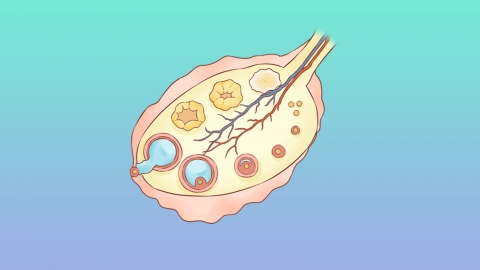What standards must the follicles meet when retrieving eggs?
Generally, during oocyte retrieval, follicles must meet certain criteria regarding follicle size, number, morphology, internal environment, and hormone levels to ensure the success rate of oocyte retrieval and the quality of the oocytes. A detailed analysis is as follows:

1. Follicle Size
The follicle diameter typically needs to reach above 18 millimeters, which is a key indicator for assessing follicle maturity. A sufficiently large follicle ensures that the oocyte inside has fully developed and possesses the potential for fertilization and embryonic development.
2. Follicle Number
During oocyte retrieval, there should generally be an adequate number of dominant follicles. Dominant follicles refer to those that are larger in diameter and better developed. Typically, having at least two follicles with diameters greater than 18 millimeters can increase the success rate of oocyte retrieval and the chances of obtaining high-quality oocytes.
3. Follicle Morphology
Qualified follicles should be round or oval in shape, with clear edges and a single-chamber structure internally, without septa or polycystic features. Such morphology indicates normal follicle development and a favorable internal environment for oocyte growth and development.
4. Follicle Internal Environment
The fluid environment inside the follicle should be clear, without blood clots or debris. This helps ensure oocyte quality and reduces the risk of damage to the oocyte during retrieval. Additionally, the follicle wall should be thin, which is one of the characteristics of mature follicles and facilitates needle puncture for oocyte retrieval.
5. Hormone Levels
Prior to oocyte retrieval, the body's hormone levels must also meet certain standards. For example, estrogen levels need to be moderate to support follicle development and maturation. Abnormal hormone levels may affect follicle quality and the success rate of oocyte retrieval.
In daily life, to prevent potential problems during oocyte retrieval, women should maintain regular sleep patterns and engage in moderate exercise, which helps regulate bodily functions and improve oocyte quality. Personal hygiene should also be maintained to avoid bacterial infections and reduce the risk of gynecological diseases.








